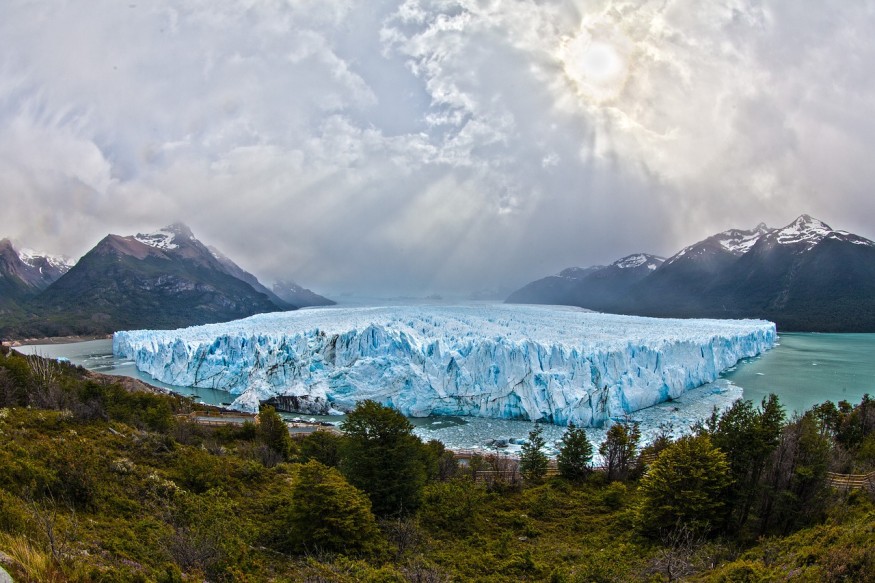A giant iceberg was caught on video approaching the shores of a Canadian island, according to reports this week. The floating massive chunk of ice has been seen moving towards the province of Newfoundland and Labrador, located along the east coast of Canada.
While iceberg sightings are common in the area, its recent uptick highlights the potential impact of climate change and global warming on icebergs in the region.
Icebergs that have drifted towards Newfoundland either came from glaciers in western Greenland or from glaciers in the Arctic part of Canada. Regardless, the location where the Newfoundland iceberg was spotted is within the "Iceberg Alley," an area in the North Atlantic Ocean where the doomed Titanic ship struck an iceberg in 1912.
Newfoundland Iceberg

It was on Monday, August 1, when the viral video of the drifting iceberg in Newfoundland was uploaded on X, formerly known as Twitter, by user Sprinter. In the 1-minute clip, it can be seen that the colossal ice was near the shore, where several houses and powerlines are present.
From the shore, the iceberg has a length as tall as a skyscraper or a mountain. The footage received 11 million views and over 120k likes as of Thursday, August 3. It was also retweeted more than 20k times. It is still unclear when the icy structure started to drift towards the Canadian island province.
Situated in the northeastern region of North America, Newfoundland and Labrador have colder temperatures compared to their southern counterparts. Newfoundland icebergs have a reported average weight of 100,000 to 200,000 tons, according to the website Trinity Eco Tours.
Iceberg Sightings
Around 2,265 icebergs were seen near Canada's Labrador region and 2023 is the first year since 2019 that the area experience more severe 'light' iceberg extent, according to the United States Coast Guard and the International Ice Patrol, as cited by WION.
According to the website of Newfoundland and Labrador Tourism, the best season for iceberg sightings is during late May and early June, particularly along the Newfoundland coast. Meanwhile, March and July are the best to view icebergs along the Labrador coast.
Studies and reports have indicated an increase in glacier melt in Greenland. In 2019, a study was published in the journal PNAS, suggesting that Greenland's glaciers incurred accelerated melting at a rate of four times greater than previous estimates, as cited by WION.
Global Warming and Glacier Melt
Climate scientists, based from multiple studies, have found that the spike in global temperatures due to global warming is responsible for accelerated glacier melting.
According to the United Nations, its Intergovernmental Panel on Climate Change verified that rising surface air temperatures is undoubtedly one of the factors for the quick melting of ice sheets and mountain glaciers.
The drifting of icebergs due to glacier thawing or retreat are also leading to sea-level rise, threatening coastal communities and local wildlife (due to loss of habitat and food).
© 2025 NatureWorldNews.com All rights reserved. Do not reproduce without permission.





